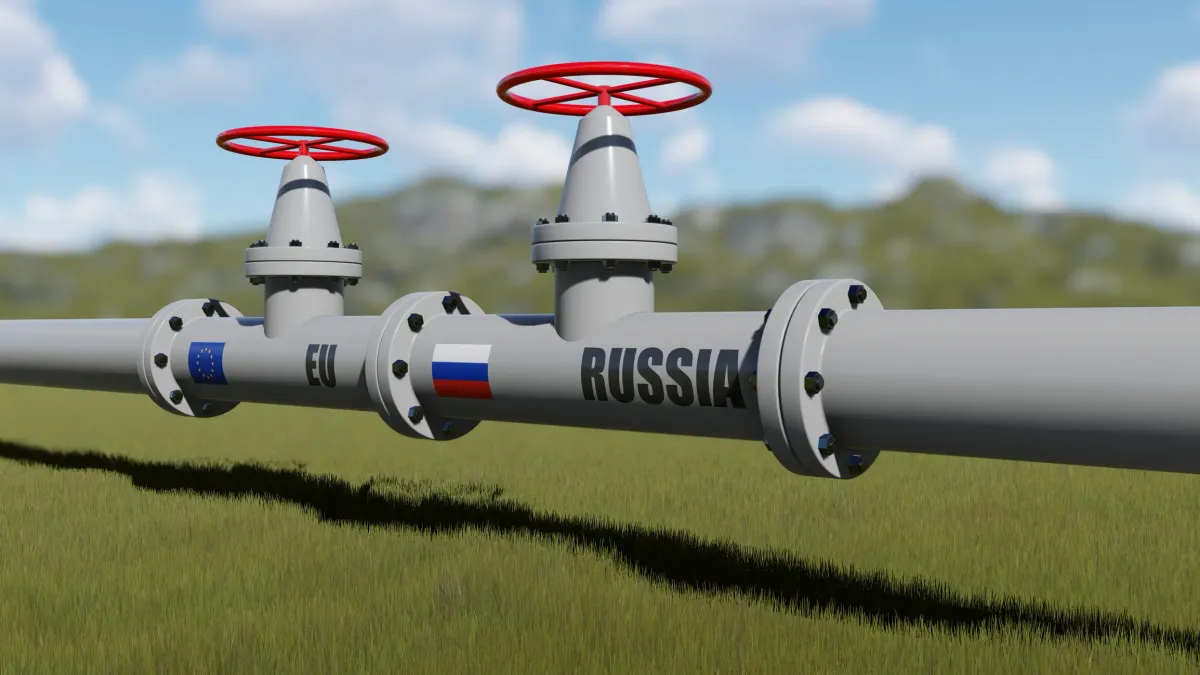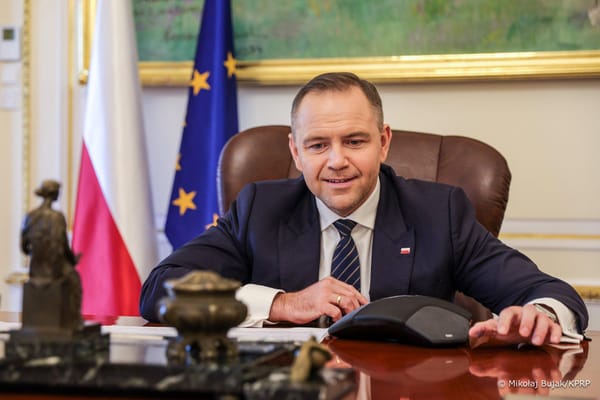
Sanctions oil shock: What awaits Central Europe’s markets
If nothing else, the rapid withdrawal announced by Lukoil in recent days makes it clear that the latest US sanctions targeting Russian oil exports could trigger swift realignments in Central and Eastern Europe’s energy landscape. Yet the effects will not be felt evenly across the region. A closer look reveals how differently each country – from Poland to Hungary – may be hit by this new sanctions shock.
The Central and Eastern European oil market is entering a new era as a result of the US measures aimed at restricting Russian crude exports. The region’s economies — the Czech Republic, Slovakia, Hungary, Poland and Romania — depend on Russian energy to varying degrees, and the impact will differ accordingly. Some countries have already adapted to reduced Russian supplies, while others face significant structural obstacles. Lukoil’s partial retreat and the narrowing of Russian crude trade channels, however, are rewriting supply dynamics across the region.
Where diversification is already advanced
Poland is by far the best prepared for the changes ahead. Over the past decade, it has systematically worked to reduce dependence on Russian energy. By 2022, it had received its first Saudi and Norwegian crude deliveries via the Gdańsk Naftoport terminal, and PKN Orlen’s refineries quickly switched to non-Russian grades. By 2024, Poland had completely eliminated Russian crude from its energy mix and, with continued expansion of its Baltic Sea infrastructure, has emerged as a regional energy hub. This transformation not only strengthened Poland’s energy security but also gave it a strategic advantage: it can now offer cheaper, non-Russian oil imports to neighbouring countries while expanding its political leverage within the EU.
Romania appears to be an interim winner in this shifting environment. Its Petromidia and Petrobrazi refineries were already processing mostly non-Russian oil before the invasion of Ukraine, and its growing Black Sea LNG and crude terminal capacity has positioned the country as a potential exporter. By 2024, less than 8% of Romania’s oil imports came from Russia, while refining capacity grew faster than the EU average. Bucharest now looks to expand its role in the Balkans: with some additional investment in logistics, Romania could supply refined products to Bulgaria, Moldova and potentially Serbia.
The Czech Republic’s situation has also stabilised, albeit at a slower pace. The country had long relied on the southern branch of the Druzhba (Friendship) pipeline, but technical and commercial cooperation between MOL-owned Slovnaft and Poland’s PKN Orlen has enabled diversification. The Kralupy and Litvínov refineries have been adapted to process mixed blends from various sources, reducing Russian oil’s share in the Czech mix to under 10% by 2024. Prague’s next step is to connect fully with German and Polish supply routes, which would finally end its dependence on eastern imports.
The slower adapters
Slovakia remains much more vulnerable. The Slovnaft refinery in Bratislava — one of the largest in the region — is still configured mainly for Russian crude. MOL Group is experimenting with alternative feedstocks, but the transition is costly and complex, with full modernisation expected only by 2027. Slovnaft’s operations are tightly interlinked with Hungary’s fuel supply, as a significant share of its production is exported there. The sanctions have made financial transactions involving Russian oil more difficult, raising the risk of short-term supply disruptions, especially if the Druzhba pipeline faces interruptions.
Hungary’s case is particularly complex. Around 70–75% of the country’s oil imports still come from Russia, mostly through the Druzhba pipeline. MOL’s refineries in Százhalombatta and Bratislava can technically process other crude types, but the shift must be gradual due to blending requirements and logistical dependence. The Hungarian government continues to push for EU exemptions, a stance that has both economic and political implications. While MOL is working to secure alternative sources — for example via Croatia’s Adriatic pipeline — capacity remains limited and transport costs are substantially higher. Hungary’s oil market thus finds itself in a delicate balancing act: navigating between compliance with Western sanctions and the economic reality of persistent Russian supply reliance.
The contrasts are striking. Poland and Romania have already moved beyond Russian oil dependence, the Czech Republic is catching up, while Slovakia and Hungary remain constrained by refinery configurations and legacy infrastructure. All face the shared challenge of retooling refineries and logistics networks to handle crudes of varying quality, viscosity and sulphur content — a transformation that will require years of investment.
Technology meets politics
Serbia stands apart even within this diverse regional picture. Naftna Industrija Srbije (NIS), the country’s main oil company, is majority-owned by Russian interests and provides over 80% of Serbia’s oil supply. The US sanctions directly target this firm, putting Serbia in both an energy and political dilemma. As a non-EU country, it is not bound by the bloc’s sanctions regime, yet most of its trade ties lead westward. On top of that, Serbia’s supply security is now at heightened risk following the fire at MOL’s refinery, as the company prioritizes Hungary’s domestic supply. If NIS fails to secure alternative suppliers, Serbia could face fuel shortages, adding further stress to the region’s already fragile market equilibrium.
The current situation underscores a fundamental reality: in Central Europe, energy sovereignty is as much a technological issue as a political one. Those countries that began diversifying early — notably Poland and Romania — now enjoy greater stability and flexibility, while those still structurally tied to Russian oil, chiefly Hungary and Slovakia, have limited room to manoeuvre. For the region as a whole, the US sanctions are not just an economic challenge but also a catalyst — one that may ultimately determine whether Central Europe can loosen its remaining energy ties to Moscow.




